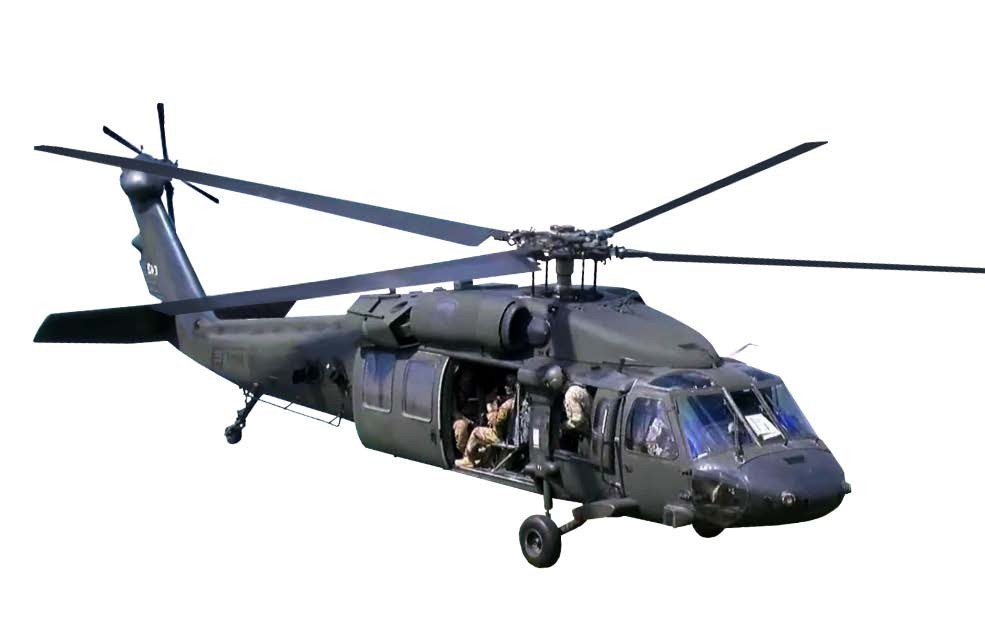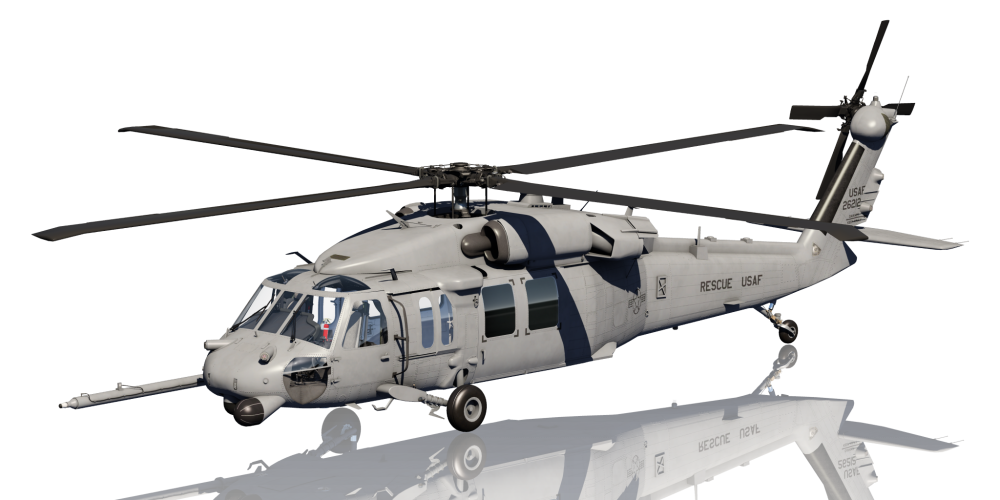Discover Just How the UH 60 Meets the Demands of Multi-role Battle Circumstances
Discover Just How the UH 60 Meets the Demands of Multi-role Battle Circumstances
Blog Article
Important Facts and Insights Regarding the UH-60 Helicopter
The UH-60 helicopter, a keystone of modern-day armed forces aeronautics, has actually progressed substantially considering that its introduction in 1979. Recognizing the ins and outs of the UH-60's function reveals a complicated narrative of innovation and adaptation that merits further expedition.
Background of the UH-60
The UH-60 Black Hawk helicopter was created in the late 1970s as part of the USA Army's campaign to change the older UH-1 Iroquois. The demand for a much more versatile, resilient, and capable aircraft occurred from the lessons learned throughout the Vietnam Battle, where the restrictions of the UH-1 ended up being obvious. In 1972, the Army initiated a program to obtain a brand-new utility helicopter, finishing in an affordable layout stage that saw numerous suppliers send proposals.
Sikorsky Aircraft was eventually awarded the contract in 1976, and the very first model of the Black Hawk took trip in 1974. Its layout focused on advanced technology, including a four-blade rotor system and a modular building and construction that permitted for rapid field maintenance and flexibility to different missions. Officially getting in service in 1979, the UH-60 quickly became the foundation of Army aviation, offering in a wide variety of duties such as army transportation, medevac, and logistical support.
Throughout the years, the Black Hawk has actually undertaken numerous upgrades and adjustments, strengthening its condition as a crucial asset in military operations around the globe (UH 60). Its durable performance proceeds to meet the evolving needs of contemporary war
Layout and Attributes
Including advanced design principles, the UH-60 Black Hawk features a streamlined, wind resistant style that enhances its efficiency and effectiveness. This twin-engine energy helicopter is identified by its unique shape, with a high-mounted, four-blade main rotor system that gives remarkable lift and stability. The rotor blades are constructed from composite materials, adding to their resilience and decreasing maintenance needs.
The fuselage is created for optimum weight circulation and structural stability, permitting an optimum gross weight of about 22,000 extra pounds. The cabin format assists in versatile configurations, suiting numerous goals, from army transportation to medevac operations. Additionally, the cabin is furnished with innovative avionics, consisting of digital displays and multi-functional systems that boost situational recognition.
The UH-60 also incorporates composite products in its airframe, which minimize radar cross-section and enhance survivability in hostile settings. Its retractable landing equipment enhances the aircraft's account, additional adding to its aerodynamic performance. On the whole, the thoughtful combination of design components and materials not only boosts the Black Hawk's operational capabilities however additionally makes certain that it stays an important property for objectives across diverse surfaces and conditions.
Functional Abilities


The UH-60 is furnished Source with sophisticated avionics and navigation systems, promoting procedures in tough weather and reduced visibility scenarios. Its durable style enables it to execute in high-altitude and severe temperature problems, additionally prolonging its operational range. The helicopter's twin-engine configuration provides redundancy and boosted performance, ensuring integrity during important missions.
Equipped with sophisticated interaction systems, the Black Hawk improves situational understanding and sychronisation amongst armed forces systems. Furthermore, its capacity to perform airborne reconnaissance and support close air assistance missions underscores its indispensable function on the combat zone. On the whole, the UH-60 Black Hawk's functional capacities are a testament to its value in contemporary army air travel, properly satisfying the needs of a rapidly advancing operational landscape.

Versions and Alterations
Different variations and adjustments of the UH-60 Black Hawk have been established to satisfy details mission demands and improve its operational adaptability. One of the most significant variation is the UH-60L, which introduced upgraded engines, improved avionics, and boosted freight capability. Additionally, the UH-60M alternative attributes advanced digital avionics, an extra powerful engine, and improved survivability systems, making it ideal for a broader range of objectives.
The HH-60G Pave Hawk is one more specialized variant, made for search and rescue operations. It is geared up with advanced navigating systems, external gas storage tanks, and clinical emptying capabilities. In a similar way, the MH-60R Seahawk is enhanced for anti-submarine war and maritime operations, flaunting innovative radar and finder systems.
Moreover, the armed variants, such as the AH-60, are changed for direct strike roles, featuring tool systems like rockets and gatling gun. The UH-60's versatility is further showcased in its ability to be fitted with mission-specific tools, including freight hooks for transport, army resource transportation interiors, and reconnaissance sensing units.
These versions and adjustments emphasize the Black Hawk's vital duty in modern-day army Going Here operations, showcasing its ability to adjust to evolving objective needs.
Role in Good Samaritan Initiatives
The UH-60 Black Hawk has stepped up to play a crucial duty in humanitarian initiatives around the world, showing its flexibility past army applications. This multi-mission helicopter is outfitted to conduct a range of goals, consisting of clinical evacuations, calamity relief, and logistical support in difficult settings.
Throughout all-natural disasters, such as earthquakes and typhoons, the Black Hawk has verified important for delivering alleviation products and employees to affected areas. Its capacity to operate in ascetic problems permits it to get to remote locations that might be unattainable by ground transportation, making sure timely help to those in need.
Furthermore, the UH-60 is usually made use of for clinical discharge goals, quickly carrying hurt individuals to medical facilities. Its advanced clinical capacities, including space for medical employees and tools, make it possible for life-saving treatments during important scenarios.
In worldwide operations, the Black Hawk frequently teams up with altruistic organizations, showcasing its adaptability and dependability. By leveraging its abilities, the UH-60 not just supports army purposes yet likewise plays a vital role in saving lives and minimizing suffering throughout altruistic crises worldwide.
Conclusion
The UH-60 helicopter has actually developed itself as a vital property in military operations given that its introduction, defined by its robust design and versatile capacities. The UH-60's contributions prolong past combat, playing a considerable duty in humanitarian efforts worldwide.
The UH-60 Black Hawk helicopter was created in the late 1970s as part of the United States Military's effort to replace the older UH-1 Iroquois.Including innovative engineering concepts, the UH-60 Black Hawk includes a smooth, wind resistant style that enhances its performance and effectiveness.Maximized design and advanced engineering enable the UH-60 Black Hawk to succeed in a selection of functional roles. Generally, the UH-60 Black Hawk's functional capacities are a testimony to its value in modern military aeronautics, effectively satisfying the needs of a swiftly evolving operational landscape.
Various variants and modifications of the UH-60 Black Hawk have been developed to fulfill particular objective demands and enhance its operational flexibility.
Report this page